The Buzz On Energy Drinks
The American Academy of Pediatrics recommends that adolescents do not consume energy drinks, yet between 30-50% report consuming these drinks. Through creative marketing, energy drink companies are targeting adolescents and young adults.
You may ask, “what is the big deal?”
Energy drinks can contain anywhere between 70-240 milligrams of caffeine per drink. To compare, one cup of coffee contains 100 milligrams of caffeine. “It is extremely important for parents, caregivers, and those involved with youth and adolescents to understand the dangers of energy drinks with extremely high amounts of caffeine that can lead to negative health effects,” says Kendall Kuenzli, Community Health Specialist, Langlade County Health Department.
Many sports and energy drinks are marketed as a way to quickly increase alertness and energy levels to people who are very physically active or need a boost of energy to get through the day. This sounds great in the advertisements; however, research has shown although these shortterm affects may occur, the affects do not last a long period of time and can lead to serious health issues. Not only are these drinks jam packed with caffeine, but they also typically contain high amounts of sugar and guarana (which is another ingredient that contains caffeine that is not accounted for in the caffeine content on the nutrition label).
This dangerous concoction of ingredients can lead to serious negative health effects such as:
Increased anxiety and stress levels
Aggressive and risk-seeking behaviors
Increased blood pressure or irregular heartbeat (which can lead to cardiac arrest or other cardiovascular problems)
Increased risk of obesity and type 2 diabetes
Stomach irritation
Poor sleep quality and insomnia
Poor mental health
Dental problems
So, “what can be done?”
Parents, schools, and communities are working to educate adolescents and young adults on the dangers that too much caffeine can have. Parents, school staff and community members can model good behavior by not consuming energy drinks in front of children.
